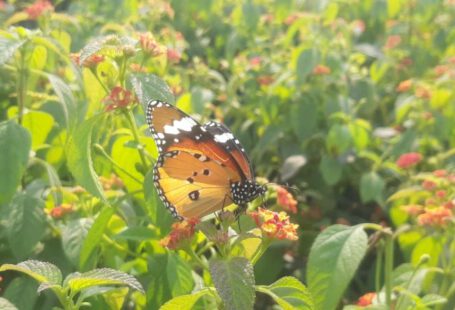Maintaining the right pH level in the soil is crucial for the health and growth of plants. A soil pH tester is a handy tool that can help you monitor and adjust the acidity or alkalinity of your soil to create optimal growing conditions for your plants. In this article, we will discuss how to use a soil pH tester effectively to improve plant health.
Understanding Soil pH
Before delving into how to use a soil pH tester, it is essential to understand what soil pH is and why it matters. Soil pH is a measure of the acidity or alkalinity of the soil on a scale of 0 to 14, with 7 being neutral. Most plants prefer a slightly acidic soil pH ranging from 6 to 7.5. When the soil pH is too high or too low, it can affect the availability of essential nutrients to plants, leading to poor growth and health.
Selecting the Right Soil pH Tester
There are various types of soil pH testers available on the market, including electronic meters, probe testers, and test kits. When choosing a soil pH tester, consider factors such as ease of use, accuracy, and the size of your gardening area. Electronic pH meters are convenient for frequent testing, while probe testers are suitable for occasional use. Test kits are budget-friendly options that provide quick results.
Testing the Soil pH
To use a soil pH tester, start by selecting a representative area of your garden to test. Avoid areas near buildings or concrete surfaces, as these can affect the pH readings. Use a trowel to collect soil samples from multiple spots in the chosen area, ensuring you get a good mix of soil. Remove any debris or rocks from the samples before testing.
Using the soil pH tester according to the manufacturer’s instructions, insert the probe or sensor into the soil sample and wait for the reading to stabilize. Record the pH value displayed on the tester. Repeat the process in different areas of your garden to get a comprehensive understanding of the soil pH variation.
Interpreting the Results
Once you have gathered soil pH readings from various parts of your garden, it’s time to interpret the results. A pH value below 6 indicates acidic soil, while a pH above 7.5 indicates alkaline soil. Ideally, aim for a pH level between 6 and 7.5 for most plants. If the soil pH is outside this range, you may need to take corrective measures to adjust it.
Adjusting Soil pH
If the soil pH is too high (alkaline), you can lower it by adding materials such as elemental sulfur, peat moss, or acidic fertilizers. These amendments will help make the soil more acidic over time. On the other hand, if the soil pH is too low (acidic), you can raise it by incorporating lime or wood ash into the soil. It’s essential to follow the recommended application rates to avoid overcorrecting the pH.
Monitoring Soil pH Regularly
Maintaining the optimal pH level in the soil is an ongoing process. To ensure your plants continue to thrive, it’s recommended to monitor the soil pH regularly, especially before planting new crops. By using a soil pH tester periodically, you can track any changes in the soil acidity and make necessary adjustments to support plant growth.
Enhancing Plant Health with Proper Soil pH
Achieving the right soil pH is key to promoting healthy plant growth and maximizing yields in your garden. By using a soil pH tester to monitor and manage the pH levels of your soil, you can create an ideal environment for your plants to flourish. Remember to follow the instructions provided with your soil pH tester and take proactive steps to maintain balanced soil pH levels for optimal plant health and productivity.
Incorporating these practices into your gardening routine will help you cultivate a thriving garden full of vibrant, healthy plants that are better equipped to resist pests and diseases. Start utilizing a soil pH tester today to unlock the full potential of your garden and enjoy the rewards of bountiful harvests and lush greenery.





